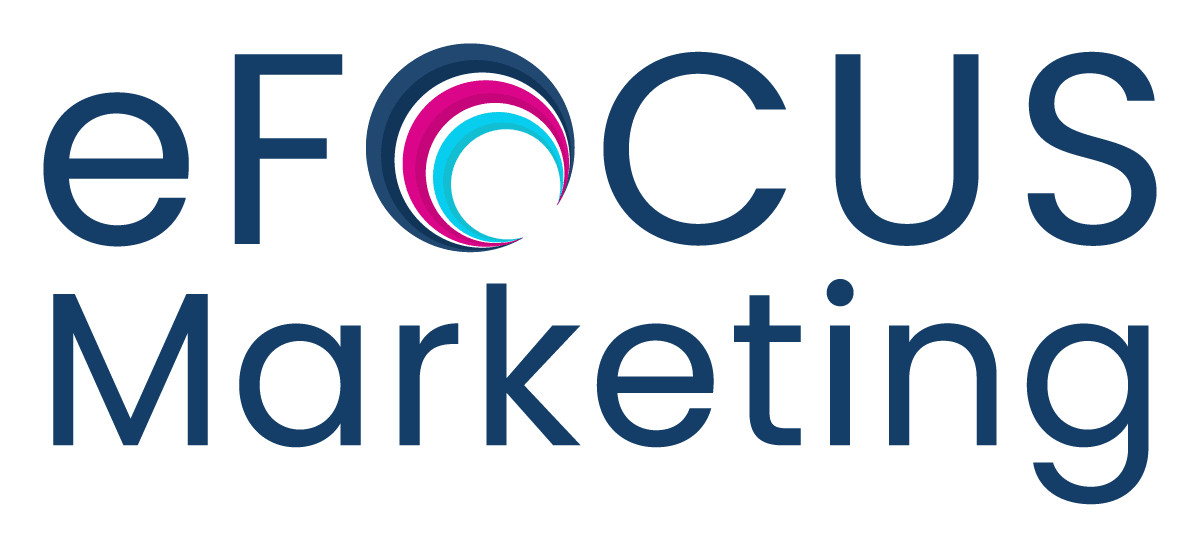Pop-ups are the Marmite of the marketing world; you either love them or you hate them.
But using a well-timed and designed pop-up can be a great way to increase your conversions to sign-up.
The beauty of pop-ups is their intrusive nature but just be careful not to annoy site visitors and be mindful of how they display on mobile devices (note that Google will now penalise you for a badly displayed pop-up on a mobile device – read more about it here >).
When done right, pop-ups are fantastic at capturing a website users’ attention and gaining an opt-in.
Here are my tips to help you make the most of your pop-ups:
- Consider your pop-up timing
Just because someone is interacting with you online doesn’t mean it’s right to pounce on them straight away!
Think about this situation in real life… you walk into a shop and a salesperson immediately accosts you, asking if you’d like to sign up to receive offers. You may have never been in the shop before, you don’t know what they offer, or if you even like or need the products or services they provide. It’s most likely intimidating, pushy, irritating and not the right time to make an offer. The same is true of pop-ups and why some people don’t like them! Instead of immediately triggering a pop-up as soon as someone reaches your site, consider using one of the following types:
–– Time-delayed pop-up – enables the user to read some content first before seeing your pop-up, therefore helping them to self-qualify whether they are interested in what you offer. The best way to determine how long to delay the
pop-up is to check your site analytics (for example, Google Analytics). Have a look at the average bounce time for the page and set the pop-up just before this time. Don’t forget, this is likely shorter or longer for different pages on your site.
–– After-scroll pop-up – again, this delays the time until the pop-up is shown, but in this case, it’s based on the user action and only shows when they scroll to a certain point on the page.
–– On-click pop-up – activated by the user clicking on a CTA button to subscribe, for example.
–– On-exit pop-up – this type of pop-up activates when a user navigates their mouse towards the ‘X’ to close down the internet window, offering one final opportunity to encourage the sign-up before they leave your site.
There are lots of different types and styles of pop-ups – the key is finding the right fit for your website (and each page on your website) and ensuring that it is well-designed, clearly states the benefits of signing up and is easy to close if the user does not want to complete the form.
You should also consider using cookie tracking so as not to show the pop-up again too often – for example, only show to the same user (who is not already a subscriber) once every 60 days.
Similarly, you wouldn’t want to show your ‘subscribe now’ request to anyone currently on the email list – it’s not a great idea to interrupt your existing subscribers with a request for something they are already part of and is a great way to ensure they don’t feel valued as well as showing that your brand doesn’t care about its customers!
You may also want to offer a different message to someone who was previously on the email list and has since unsubscribed, to encourage re-subscription, and to those who have purchased from you previously but are not currently signed up to receive emails.
- Evaluate your pop-up placement.
You should also consider what is appropriate for each page – how you want to interact with users coming onto your homepage is likely different from how you would treat those visiting product pages.
For example, homepage visitors are likely new visitors who are looking around, may not know what they want yet and need to be treated differently from those visiting specific product pages/categories where their interest is already more defined.
- What will your offer be?
Similarly, the offer you give should differ by page – for example, to reference the category they have visited: ‘Looking to update your summer wardrobe? Sign up and receive 10% off your first order!’ or ‘Looking to update your winter wardrobe? Sign up and receive 10% off your first order!’
As always, testing thoroughly is the best way to ensure you gain the best results from your pop-up placement, offer and timing (you can find ’28 Incredibly Enticing Ways to Build Your Email List’ here >).
Here are some pop-up examples to inspire you…
B2B Pop-Up Examples
This example from VWO is shown when a user is reading a blog post on the site and then offers them more of the same content sent straight to their inbox when they subscribe (the headline, copy and CTA text are all tailored around this). Expectations are set in terms of the frequency of which emails will be received and an extra bonus incentive of a free ebook is also offered.
Here Act On have kept it simple, calling out a key feature that they know their prospects want; to be on top of the newest marketing trends.
B2C Pop-Up Examples
In this case, House Of Fraser offers the benefits of subscribing straight up in the headline and go on to collect a little more than just email address (gender) to allow them to start personalising emails from the moment the user subscribes.
J Crew keeps it simple with the benefits of subscribing clearly detailed in the copy on the form. There is also a link to their Privacy Policy for transparency on how the data will be stored and used.
In this pop-up example, Kate Spade leads with an incentive as a bonus for joining with a CTA button that reiterates that they will get the discount next (Get My 10% off), a clear link to close down the pop-up, and links to the Privacy Policy and Terms & Conditions for transparency.
In this example, Booking.com personalise the pop-up to the page you are looking at, with the name of the place you are searching for hotels in populated into the pop up header.
Do you have any favourite pop-up examples?
I’d love to hear which brands you think have a great pop-up – leave a note in the comments below.









